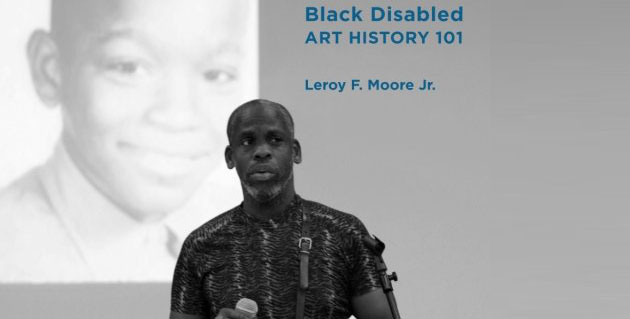by Erin Hawley
After watching a Polygon video titled “VR is Good Now,” I commented that VR games are not accessible for many disabled users, and I worry that this trend toward VR will, like modern console gaming, leave many disabled people behind. While game accessibility is starting to be a topic picked up by major news outlets, there was a long period of time where that conversation was mostly silent. Disabled people talked about it, and expensive or complex solutions were available (expense is part of accessibility, especially for many disabled people living on Social Security Income), but mainstream media was not interested in our needs.
The Xbox Adaptive Controller (XAC) is a fantastic move toward making consoles more accessible and creating mainstream dialog; while its invention opens Xbox gaming to more people, it hasn’t solved everything. PlayStation and Nintendo need to catch up. We still need game design that works better for D/deaf, blind, and/or developmentally disabled people. Games with complex control mapping and button sequences are still an access barrier, even with the XAC. This is why we need to start talking about VR accessibility now, while the technology is still in its infancy. The conversation must be one for today rather than one for ten or twenty years in the future when a major company finally decides to listen to us.


